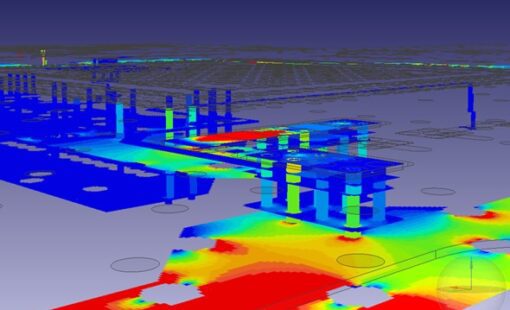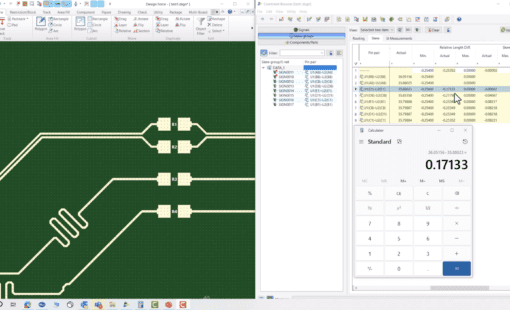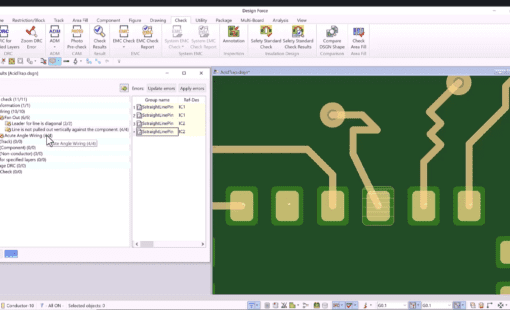Embracing New Technologies to Reduce Workload
Just the other day, I was cruising around town with a buddy in his fairly new car, and I couldn’t help but notice he wasn’t using the cruise control. Curious, I asked why, and he shared his skepticism about automotive automation technology. Digging a bit deeper and pulling out the owner’s manual, I found out his car also came equipped with level-one autonomous driving aids. Again, I asked, and again, the answer was the same. After some convincing, he decided to give these features a try; once he got accustomed to it, the discomfort seemed to fade away. Before long, he was singing a different tune. A few weeks later after acing a 600-mile journey with ease and arriving much fresher than anticipated, he was all praises for how these tech additions had lightened his driving workload.
This little road trip revelation got me thinking about parallels in the world of printed circuit board (PCB) design, specifically how we can “reduce workload with IPC-2581”, not just a catchy marketing phrase, but one pivotal for the industry.
The Traditional Tangle of PCB Design Files
Historically, PCB designers have juggled an overwhelming array of files for manufacturing, assembly, and testing. From Gerber files for each layer, drill files for each drill combination, IPC-356 for testing, placement files for assembly, and not forgetting the BOM, the file count can quickly stack up. A 4-layer board could mean managing 8 files, while a 16-layer board might see you wrestling with 20 files. Add in the need to track versions and revisions and regenerate all or some when changes are made to the PCB, and the system’s complexity becomes glaringly apparent. Despite some updates, the core process has remained largely unchanged since the 1980s, begging the question: Isn’t there a better way?
The Advent of ODB++ and The Rise of IPC-2581
In the quest for improvement, the PCB design world saw the introduction of ODB and later ODB++ in the mid-1990s. Though this innovation tackled some issues by allowing for more configurable file set creation, it didn’t completely phase out the use of Gerber/drill files. Moreover, being under Siemens’ control, ODB++ wasn’t as open as the industry would like, limiting the scope for widespread innovation. If someone has ideas for change or updates for the format, they would probably need to be a Siemens customer to get a platform to propose their ideas.
Enter IPC-2581. Proposed in the early 2000s but only gaining significant traction by around 2015, IPC-2581 represents a pivotal shift towards a more inclusive and open standard. Authored by the IPC and supported by a consortium of OEMs, manufacturers, EDA companies, and willing individuals, IPC-2581 champions a collaborative approach to standard development. With the consortium open to all applicants, it offers a direct path for anyone with innovative ideas to contribute to the evolution of PCB data formats.
Why IPC-2581 is a Game-Changer
Adopting IPC-2581 can significantly reduce our workload, much like using advanced tech made my friend’s long drive a breeze. This format simplifies the data handling process, condensing necessary information into a single XML file that’s easy to view with several free tools available on the IPC-2581 consortium’s website. Its rising adoption by manufacturers, testers, and assemblers underscores the industry’s move towards more efficient, streamlined processes.
Moreover, IPC-2581 empowers us to influence the development of new technologies directly. Unlike the distant prospect of requesting features from car manufacturers, joining the IPC-2581 consortium allows us to actively participate in shaping the future of PCB design standards.
IPC-2581–Your Tool to Reduce PCB Design Workload
Zuken’s CR-8000 Design Force is on board with every method out there for crafting production outputs tailored to customer needs. But let’s cut to the chase—IPC-2581 isn’t just a method; it’s the method to streamline your production output creation. And here’s the clincher: it’s a user-driven format. That means it’s not just a tool; it’s your tool. The design community and those who use the data downstream have a say in its development. They’re not just participants; they’re the drivers of innovation. So, by using IPC-2581, you’re not just simplifying your process; you’re shaping it.
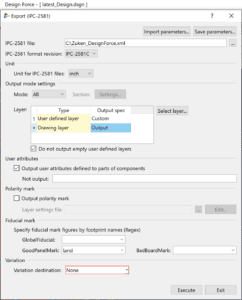
Driving Forward with IPC-2581
Just as my friend discovered the joys and benefits of embracing new automotive technologies, the PCB design and manufacturing industry stands to gain immensely from adopting IPC-2581. By streamlining the design process and opening up avenues for direct involvement in standard development, IPC-2581 simultaneously reduces our workload and democratizes the innovation process.
Related Products and Resources
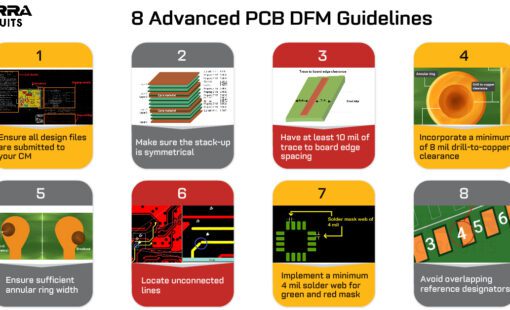
- Blog

- Blog
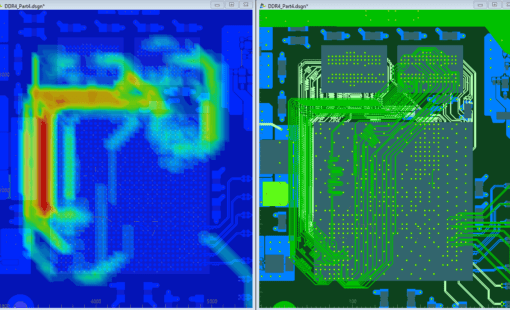
- Blog


